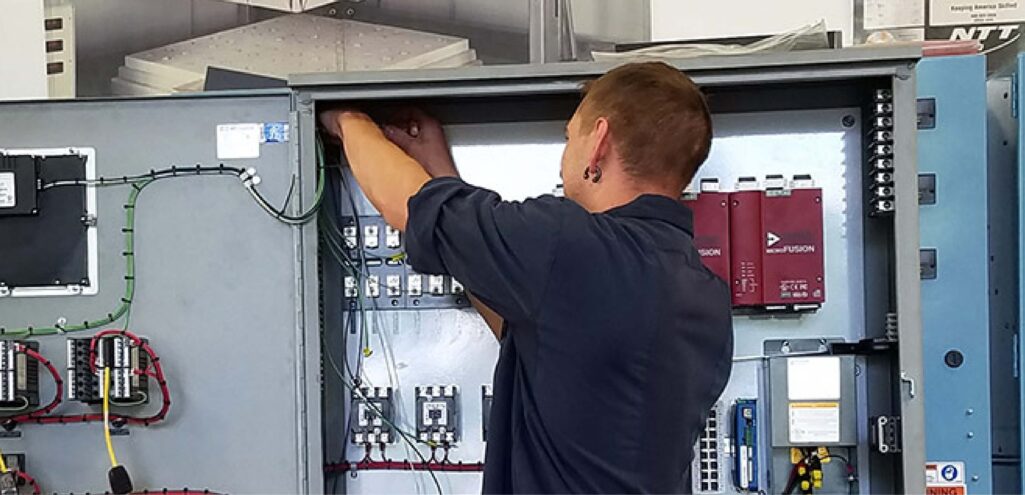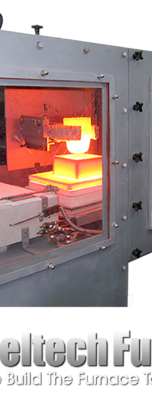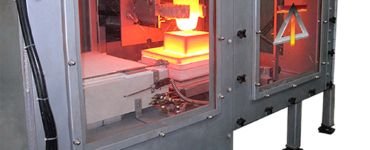Resources
Manufacturer's Edge Insights
The latest in manufacturing news, insights, and guidance, straight from our team of experts.
Events
Explore upcoming events.
link to item


Thursday
May 2
1:00 PM - 3:00 PM
Trademark And Patent Fee Proposed Rule Roundtable
@online webinar,
Learn more
link to item


Friday - Saturday
May 3 - 4
All Day
Rocky Mountain Chapter Meeting & Educational Event
Living Design Studios, 1010 Carbon Court Erie, CO 80516
Learn more
link to item


Wednesday
May 29
All Day
World Trade Day 2024
Grand Hyatt Denver, 1750 Welton St Denver, CO 80202
Learn more











